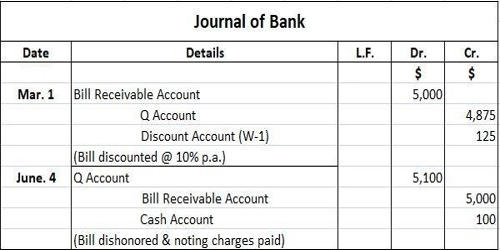Passive investing (also known as passive management) is an investment technique that aims to optimize returns by reducing the amount of money spent on purchasing and selling. It invests funds using market-weighted indexes and portfolios, avoiding many of the costs associated with more active investment techniques. Passive investing is most popular in the stock market, where index funds monitor a stock market index, but it is also growing increasingly popular in other investment categories such as bonds, commodities, and hedge funds.
The passive approach is predicated on the assumption that a low-cost, well-diversified portfolio kept with low turnover will provide an average market return with little effort or thinking. Buying an index fund to replicate the performance of an externally set index is the most prevalent technique. An investment portfolio that tracks an index usually has high diversity, low turnover (which helps keep internal transaction costs low), and minimal management fees. Index investing is a popular passive investment technique in which investors buy a representative benchmark, such as the S&P 500 index, and hold it for a lengthy period of time.
Passive investing reduces the amount of time spent purchasing and selling, allowing investors to avoid the performance lags that come with regular trading. An investor in such a fund would earn greater returns than a fund with identical investments but higher management fees and/or turnover/transaction costs because of the low expenses. In contrast to more aggressive techniques, passive investment creates money steadily over time. It is less expensive, less complicated, and typically outperforms actively managed portfolios in terms of after-tax returns across medium to long time horizons.

Buying long-term holdings balanced across various businesses, sectors, market capitalization levels, and even nations is part of the passive investing approach. Its objective is to steadily accumulate money. Passive investing, often known as a buy-and-hold approach, is purchasing an asset with the intention of holding it for the long term. John C. Bogle, the CEO of The Vanguard Group at the time, created the first index fund in 1975, paving the way for passive investment. The fund allowed the company’s regular clients to participate in the Vanguard 500 exchange-traded fund (ETF) with little effort and expense.
Passive investors, unlike active traders, are not looking to profit from short-term price changes or market timing. The passive investing approach is based on the premise that the market will provide positive returns over time. Many investors find passive management to be paradoxical. In the long run, the average investor’s before-costs performance will be comparable to the market average. As a result, lowering investing expenses will help the typical investor more than trying to outperform the market.
Because passive managers feel it is difficult to outsmart the market, they attempt to mirror market or sector performance. The efficient-market hypothesis asserts that equilibrium market prices fully represent all available information, or that if some information is not reflected, nothing can be done to take advantage of it. Passive investing tries to duplicate the market performance by building well-diversified portfolios of single stocks, which would need significant study if done separately.
Every few decades, the passive tactic appears to reach a pinnacle of popularity. Buying index funds is the simplest method to take advantage of it. Passive investing also allows investors to avoid some of the risks associated with actively selling and buying stocks on the stock exchange. When the stock market falls, unprepared active investors may panic and sell shares, losing money when the market recovers and stock prices rise. In the 1970s, index funds were introduced, making it considerably easier to achieve market returns.
When both inflation and GDP growth are strong, the passive investing approach (buy-and-hold) is recommended. Because passive investing is made in an index rather than a single stock, it helps to prevent this. Successful investment necessitates a well-diversified portfolio, and passive investing via indexing is an effective approach to accomplish diversity. The popularity of passive investment techniques has risen.
Passive investors often realize savings that more than compensate for riskier investments, with performance levels on par with active investing. Furthermore, passive investing accounts are a safer option to actively trading the market, but they increase at a slower rate. Closet trackers or “closed indexers” are investment funds run by investment managers who closely mirror the index in their managed portfolios and provide little “added value” as managers while charging fees for active management. They do not actively manage the fund but instead furtively mirror the index.
Because it attempts to match an index, an index fund provides simplicity as a simple method to invest in a certain market. Individual managers do not need to be chosen and monitored, and investing themes do not need to be chosen. The notion of active share, which is a measurement of how much a fund deviates from its benchmark, has been recognized as critical in funds that regularly outperform the market. Because passively managed index funds are meant to deliver returns that closely match their benchmark index rather than seek outperformance, they have performance restrictions.
Information Sources:
















